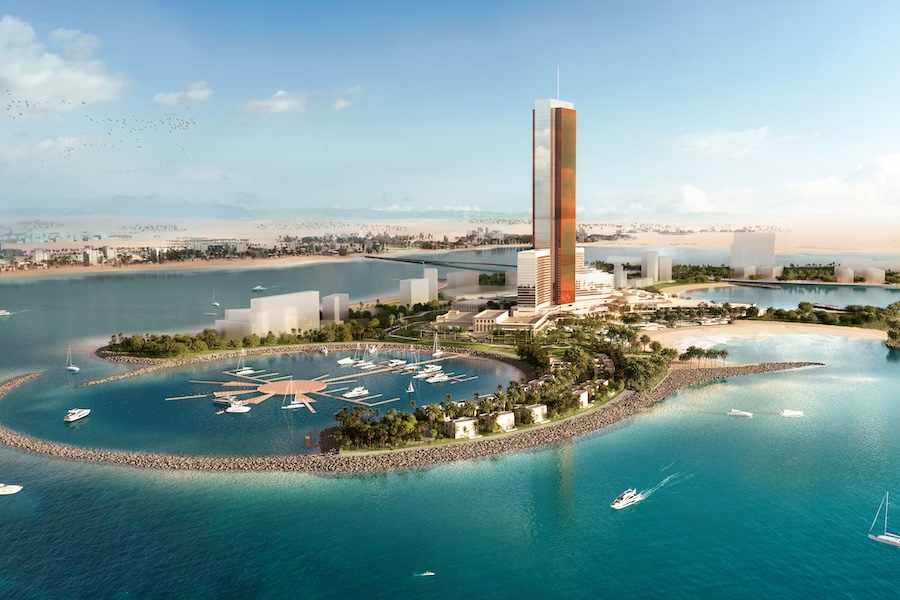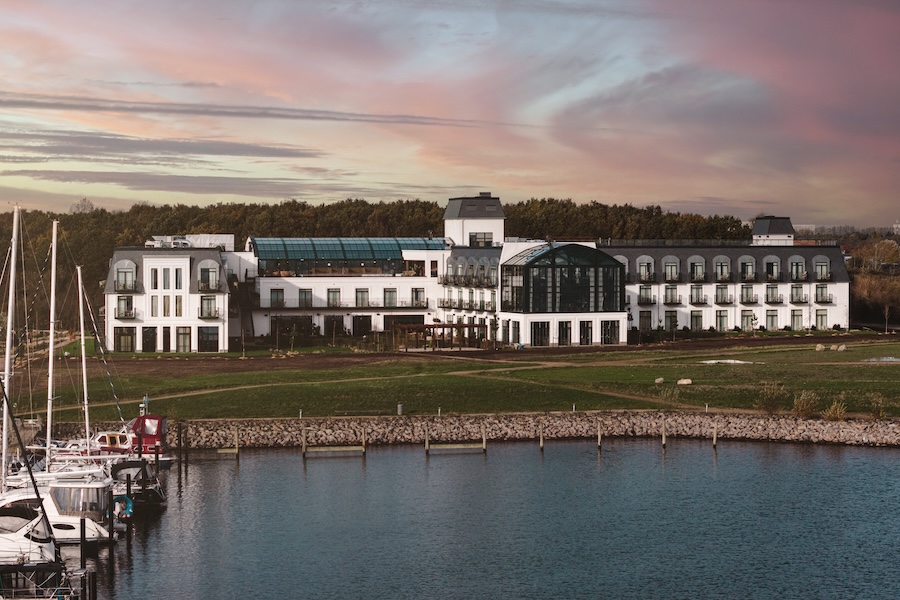Rem Koolhaas and OMA will spearhead the redesign of the New Tretyakov Gallery in Moscow along with architecture firm Reserve, which will serve on the project as the local partner. Originally completed in 1983, the museum was designed by N.P. Sukoyan and Y.N. Sheverdyaev to house a series of expansive exhibition halls. Totaling more than 657,580 square feet, the venue is the largest museum building in Russia following multiple additions and reconfigurations over time.
The design team will work to contextualize the interior, establish a basis for architectural differentiation, and identify four sectors—art storage, the collection, an education center, and a festival hall—all linked by a new pedestrian route created along the banks of the Moscow River. The building’s façade will be punctuated with cutouts to further open it to the city.
“Our proposal is a reconsideration of the New Tretyakov, focusing on improving its spatial infrastructure and the elimination of dysfunctional parts,” says Koolhaas. “We also undo the absolute separation between museum and the House of Artist, and remove a number of walls to make the different components more accessible and visible. Because of its size, it is almost impossible to consider it as a homogeneous entity; modern interventions unaffordable in Soviet times, such as escalators, improve circulation and draw together the different autonomous elements of the museum complex.”



